#era: 19th century
Text

Isabella and the Pot of Basil, 1867
William Holman Hunt (1827-1910)
Based off John Keats' 1818 narrative poem Isabella, or the Pot of Basil, itself based off a story from Boccaccio's Decameron from the 14th century.
(Apologies for the poor image quality; this piece is part of the Laing Art Gallery in Newcastle-Upon-Tyne in England. The gallery is lovely, but quite small, and their digitization efforts reflect that reality)
#artist: william holman hunt#movement: pre-raphaelite#medium: oil on canvas#medium: oil#genre: history#genre: myth and poetry#locale: italy#nationality: english#era: 19th century
6 notes
·
View notes
Text

If I'm a lesser of two evils… Who's this man, who's this act I hide behind? — Two Evils, Bastille
Lincoln vs de Lioncourt: @historiavn.
#historiavn#lincoln / truthful thorn#of leeches and liars#historical verse.#aes / de lioncourt#musings / sympathy for the devil#lestat / gentleman death#I know I’m a wolf#era: 19th century#music / lestat
3 notes
·
View notes
Text

5 notes
·
View notes
Text
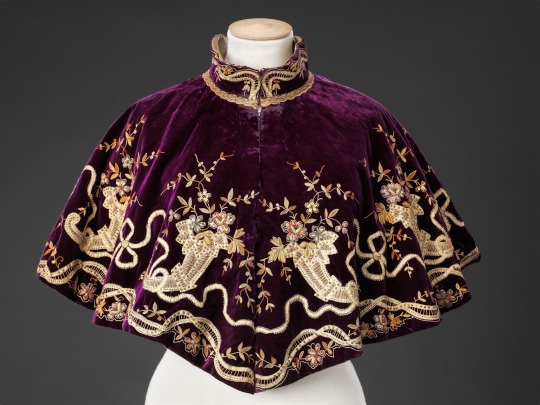

Cape
Late 1890s
The John Bright Collection
#historical fashion#history of fashion#fashion history#1890s fashion#1890s#19th century fashion#Victorian era#Victorian fashion#victorian#19th century#cape#fashion#history#vintage#vintage fashion#frostedmagnolias
10K notes
·
View notes
Text

Elevator in Vienna, Designed by Otto Wagner in 1898
The Majolika House, designed by Otto Wagner and constructed in 1898 in Vienna, Austria, is a distinguished example of Art Nouveau architecture. Notably, it features an elegant elevator that harmonizes with the building's intricate design, enhancing its overall aesthetic appeal.
4K notes
·
View notes
Text


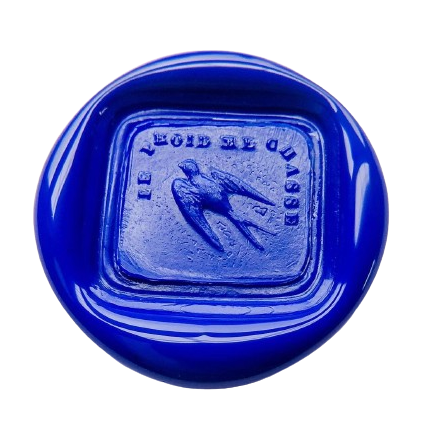

19th century wax seals
#kathrynhastingsco#antique wax seal#wax seal#wax stamps#romantic academia#victorian era#whimsigoth#mythology#19th century#light academia#letter writing#wax stamp#stationery#png#love heart#cherub#cupid#bull#sparrow#collection#⭒* ·˚ ☾ ⊹.
3K notes
·
View notes
Text
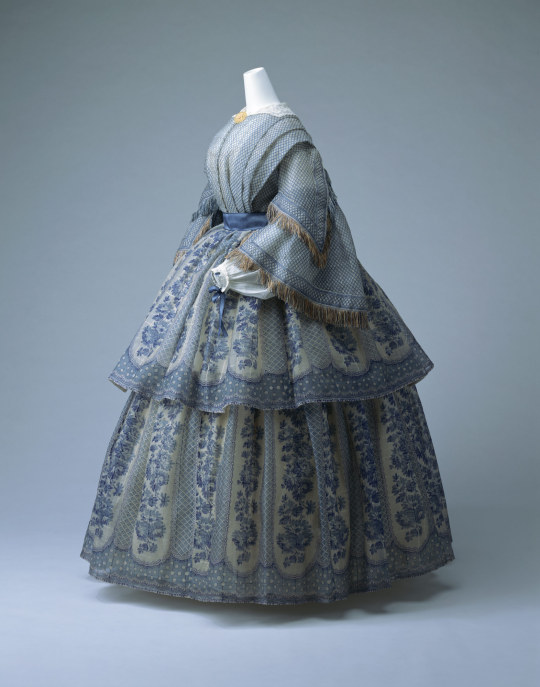
Day Dress
c.1855
England
This type of widely protruding skirt that appeared around the middle of the 19th century came to be known later under the name of the "crinoline style." As can be seen with this dress, large design motifs proved immensely effective on these voluminous skirts. The border pattern here is wood-block printed and repeats every 20.6 cm. Compared to small-scale designs, large patterns require a solid technique to avoid misalignment of the print colors. Considering that this mixed fabric of silk and wool is a material hard to print on, this dress with its bright and cheerful colors is a particularly fine example on how much cloth printing techniques had evolved.
The Kyoto Costume Institute
#day dress#fashion history#historical fashion#1850s#crinoline era#19th century#england#victorian#1855#blue#white#floral#flower print#kci
3K notes
·
View notes
Text




Some belated photos from the "Fashioned by Sargent" exhibit at the MFA Boston. My pictures just don't do it justice! I'm not one for hyperbolics, but it literally took my breath away, even with the crowds of people everywhere.
evening dress by the House of Worth (c.1880); owned by Sarah Choate Sears, who Sargent painted in another dress in 1889
reflection of Ellen Terry as Lady Macbeth (1889); costume designed by Alice Comyns Carr and created by Ada Nettleship
evening dress with matching shoes by the House of Worth (c.1895)
Mrs. Charles E. Inches (Louise Pomeroy) (1887); dress made in 1887 and likely altered 1902. Louise was pregnant at the time of her portrait, and if you look very closely, you can see the dress skirt has adjustable panels to accommodate a changing body.
photos by me (@edwardian-girl-next-door)
#john singer sargent#my photos#fashioned by sargent#mfa#mfa boston#art history#museum#art museum#fashion history#historical fashion#history of fashion#la belle epoque#19th century#19th century fashion#victoriana#victorian#victorian era#victorian fashion#victorian aesthetic#1880s#1880s fashion#1890s#1890s fashion#e
3K notes
·
View notes
Text
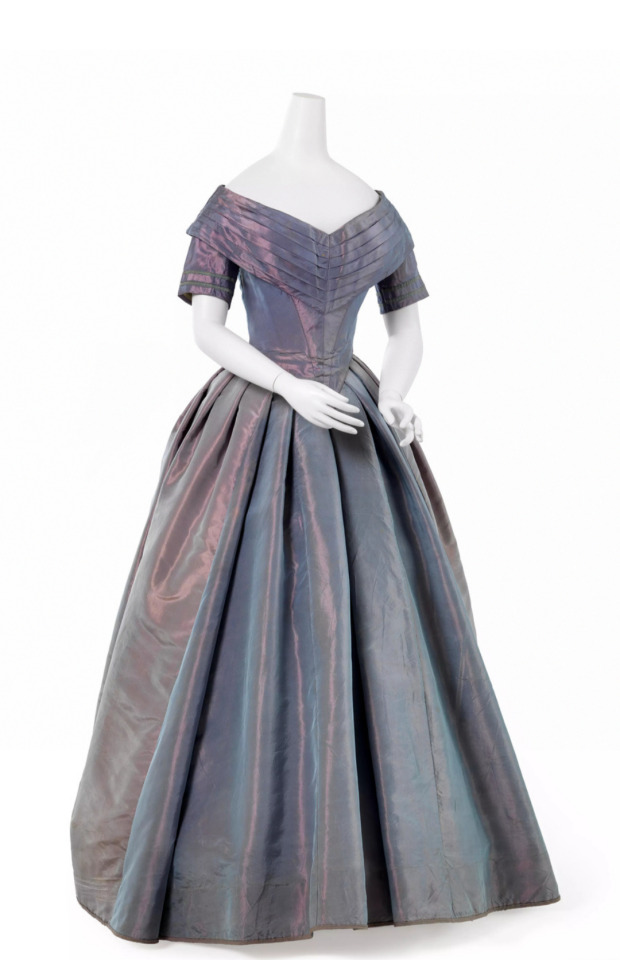

Ball gown, 1840-41
Maker: Unknown
From the collection of Wien Museum
#That's the most beautiful fabric I've ever seen#dress#clothing#historical dress#historical fashion#1840s#19th century fashion#ballgown#garments#costuming#historical costuming#victorian era#victorian fashion#19th century#my post#fashion#period fashion#historical clothing#fashion history#old fashion#iridescent#iridesence#fairy aesthetic#fairycore#light academia aesthetic#light academia
17K notes
·
View notes
Text
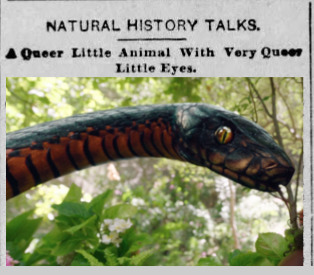
guess who’s been wading thru the archives again
#yes i know it’s as a result of semantic drift etc etc but it’s funny (to me)#this is from the late 19th century I THINK#i found the clipping in my files and forgot the exact publication date#it’s somewhere between 1880 and 1910 definitely (cause that was the era I was examining)#the original paper was discussing chameleons hehe#good omens#crowley#ineffable husbands#good omens 2#aziracrow#aziraphale#go2#ineffable lovers#ineffable wives#good omens season 2#shitpost#good omens shitpost#gomens#gomens 2#David tennant#Michael sheen
3K notes
·
View notes
Text
Gentlemen’s Regency Era Portraits

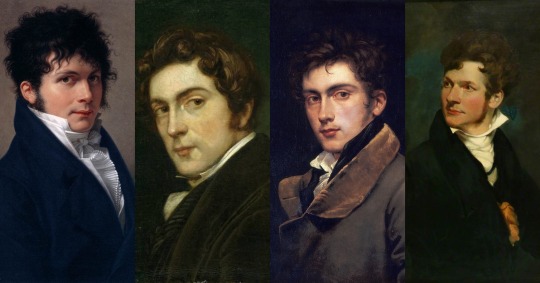
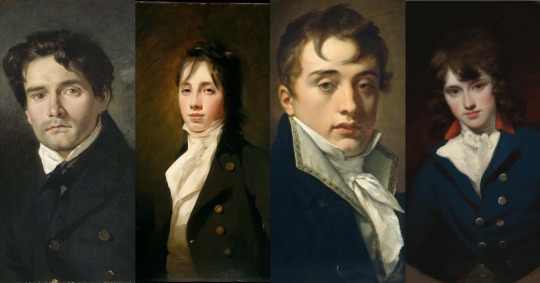

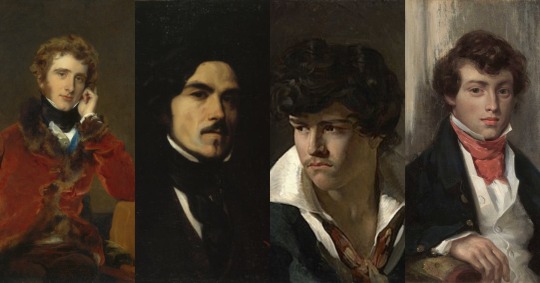
#regency era#regency fashion#regency style#historical fashion#history#portraits#art#style#fashion#painting#paintings#romanticism#romantic era#regency#bridgerton#19th century#england#aesthetic#dark academia aesthetic#clothing#menswear#menstyle#mensfashion#romantic#1800s#jane austen#napoleonic era#napoleonic wars#empire era#georgian era
1K notes
·
View notes
Text




Bat Against Full Moon, c. 1910/30
Crows in Flight, in Snow, c. 1890/9
Rooster [and Hen], c. 1925
Night Cherry [or Moon and Plum Blossoms], c. 1904/5
Biho Takahashi [Yoshikuni Nomura] (1873-?)
The Smithsonian, which is the source for 3 of 4 of the above woodblock prints, credits these prints to a Yoshikuni Nomura [野村美邦] who lived from 1855-1903, but every other site that has one of these prints seems certain they should be credited to a different Yoshikuni Nomura (cf. the ukiyo-e database, the Minneapolis Institute of Art, the Smart Museum of Art, &c.). I'm still not sure I've credited these correctly (and they might not all be the same artist) but I've done my best.
#artist: biho takahashi#artist: yoshikuni nomura#era: 19th century#era: 20th century#medium: print#medium: woodblock print#medium: ink#movement: kachō-e#movement: ukiyo-e#genre: landscape#genre: animals and nature#medium: paper#nationality: japanese#medium: ink and color on paper
3 notes
·
View notes
Text
The Carrick Coat

James Tissot (French, 1836-1902) • On the Ferry Waiting • c.1878 • Private collection

A Carrick or Garrick (in Great Britain) is an overcoat with three to five cape collars, worn by both men and women primarily for travel and riding, in the 19th century.

Artist unknown. Costume Parisien. Chapeau de Velours. Carrick et Guêtres de Drap., 1816. Hand-coloured engraving. London: Victoria and Albert Museum
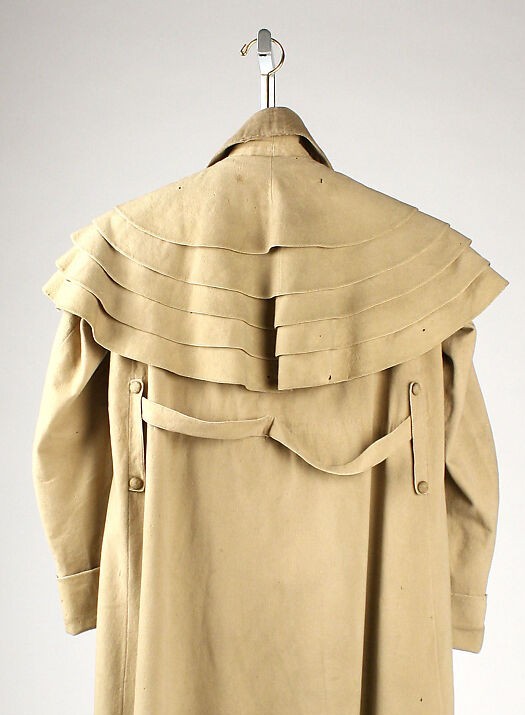
Sources:
Fashion History Timeline
Metropolitan Museum of Art
#art#painting#james tissot#french artist#art history#fashion history#art & fashion#the resplendent outfit blog#carrick coat#19th century fashion trends#19th century art#oil painting#fine art#victorian fashion#victorian era#19th century fashion
1K notes
·
View notes
Text

3 notes
·
View notes
Text
Woman's Dress (Round Gown)
England, circa 1795
Cotton plain weave with metallic embroidery


LACMA
708 notes
·
View notes
Text





A 19th Century Technological Marvel: The First Production Typewriter!
The Malling-Hansen Writing Ball, invented in 1865 by Danish genius Rasmus Malling-Hansen, is a true marvel of technological innovation. Only 180 units were made, and just six remain today.
With its unique design placing vowels on the left and consonants on the right, this revolutionary machine is a treasure from the 19th century.
2K notes
·
View notes